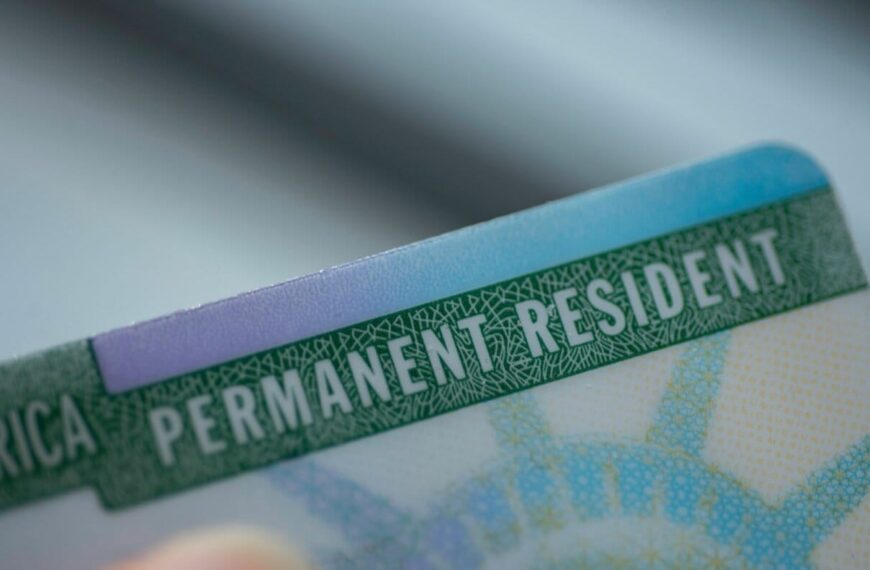International Students in U.S. STEM Jobs Soar by 54%
The landscape of employment in the United States is witnessing a remarkable transformation, particularly within the fields of Science, Technology, Engineering, and Mathematics (STEM). Recent data indicates that the number of international students securing jobs in these sectors has surged by an impressive 54% in 2024. This significant increase is a clear reflection of the growing importance of global talent in the U.S. job market, particularly in STEM fields where innovation and expertise are paramount.
The Role of International Students in STEM
International students contribute significantly to the U.S. economy and workforce. Key factors driving their increasing presence in STEM jobs include:
Furthermore, the trend of international students entering the STEM workforce underscores the effectiveness of various immigration policies aimed at attracting global talent. For example, initiatives such as the DACA visa and humanitarian parole news have played a crucial role in providing opportunities for these students to remain and contribute to the U.S. economy.
Immigration Policies Impacting STEM Employment
The rise in international students pursuing STEM jobs is also influenced by certain immigration policies that facilitate their transition into the workforce:
These policies are pivotal in ensuring that the U.S. remains competitive in the global market, especially in sectors reliant on cutting-edge technology and research.
Challenges Faced by International Students
Despite the promising surge in STEM employment, international students face several challenges that can hinder their success:
These challenges highlight the need for improved support systems and resources for international students, including access to professional immigration services and clear information about their rights and opportunities.
Future Outlook for International Students in STEM
The outlook for international students in STEM fields appears positive, with expectations of continued growth in their employment numbers. Factors contributing to this optimistic forecast include:
As the U.S. economy continues to evolve, the integration of international students into STEM roles will remain crucial. It is essential for policymakers and educational institutions to foster an environment that not only attracts but also retains this valuable talent.
Conclusion
The surge of international students in U.S. STEM jobs by 54% in 2024 is a testament to the increasing recognition of their contributions to the workforce. As the demand for skilled professionals in these fields continues to grow, it is imperative to address the challenges faced by these students through supportive immigration policies and resources. By doing so, the U.S. can maintain its position as a leader in innovation and technology while also benefiting from the diverse perspectives and skills that international students bring to the table.
In summary, the future of international students in STEM roles looks promising, paving the way for enhanced collaboration, innovation, and economic growth in the years to come.










